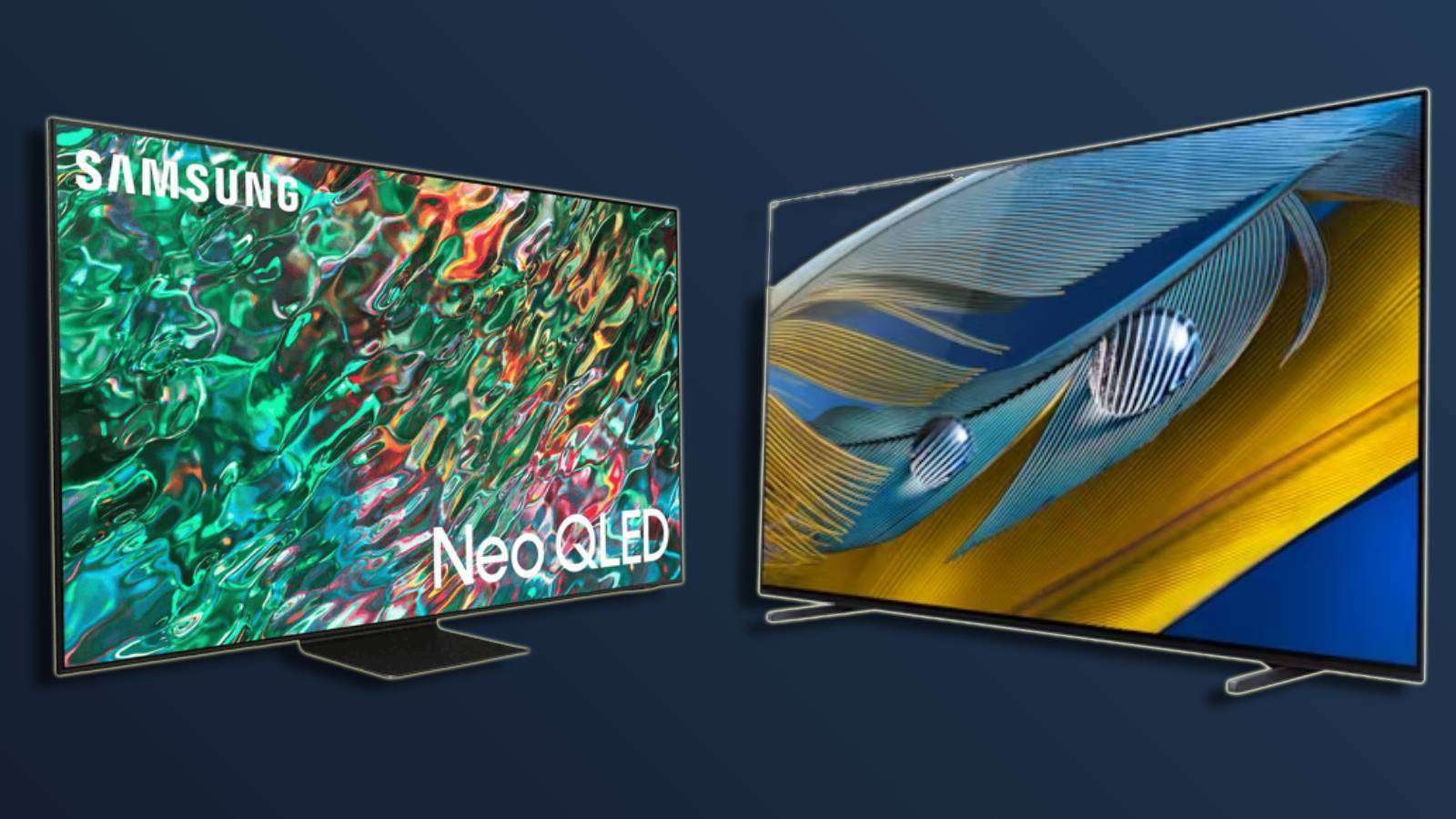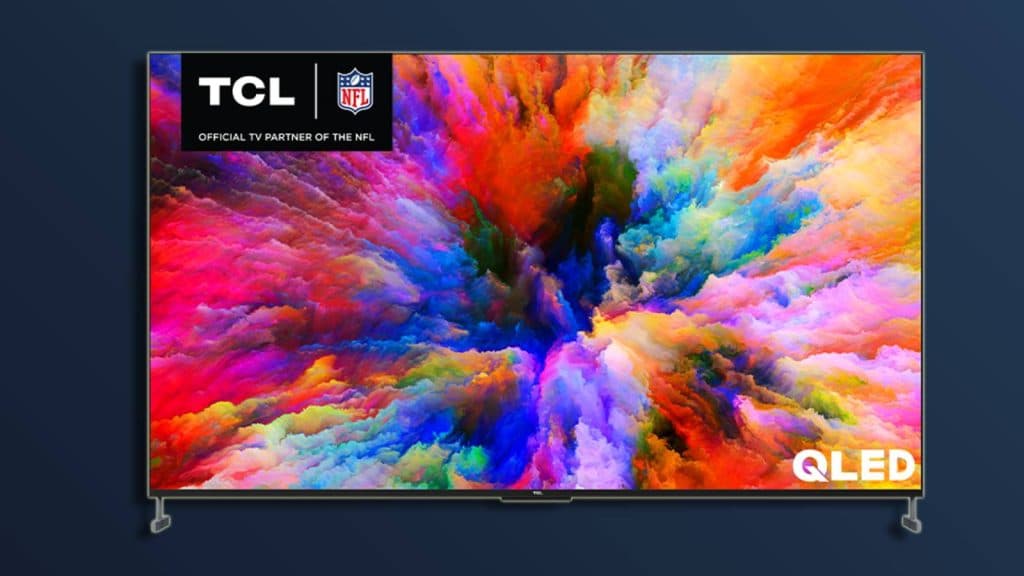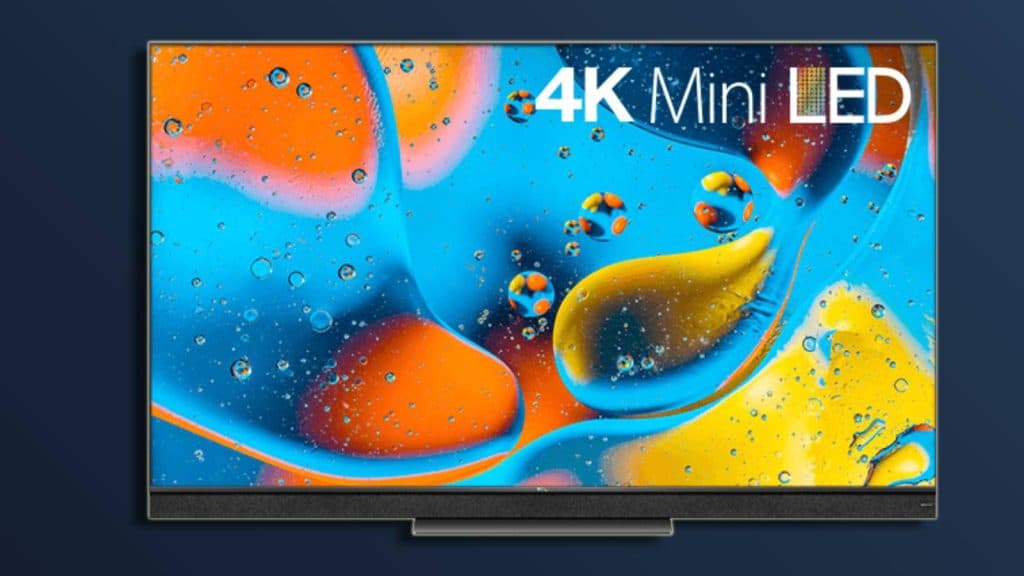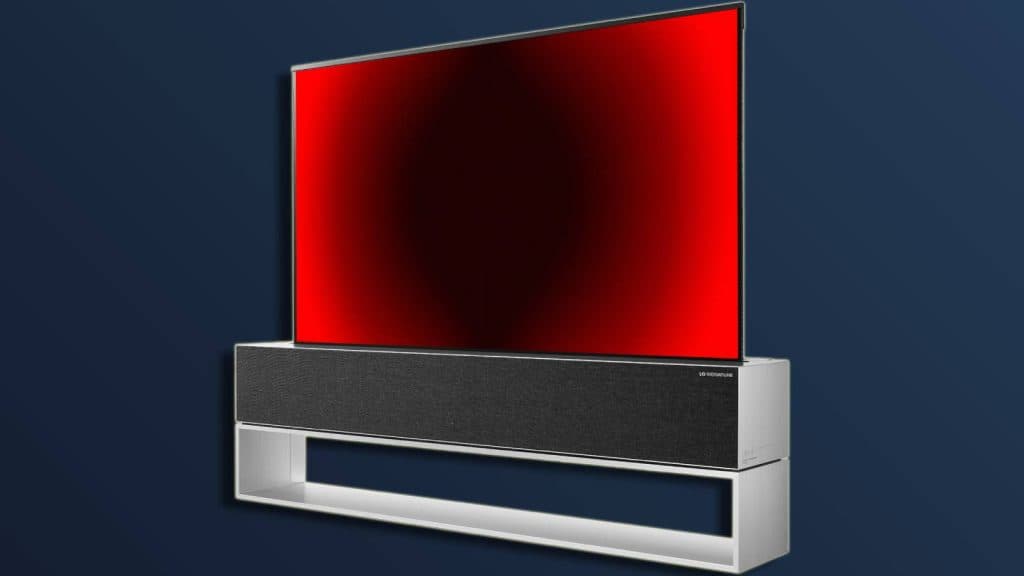OLED vs QLED – Which TV is best for you?
 Dexerto
DexertoPlanning to upgrade your TV and don’t know which one to pick? Here’s a detailed comparison between OLED and QLED to help you decide your next purchase.
Today’s TV landscape offers more choices than ever before when it comes to display technologies. Two leading options are OLED (Organic Light-Emitting Diode) and QLED (Quantum Dot LED) TVs. Both are known to deliver impressive picture quality but work in different ways.
OLED uses organic compounds that emit light themselves, while QLED relies on quantum dots to enhance the brightness and color of a standard LED backlight.
Choosing between OLED and QLED can seem overwhelming with such divergent display technologies. This article explores the key differences between these display types, including their picture quality, panel structure, brightness capabilities, and more.
We’ll explain what sets OLED and QLED apart and help you determine which is the better option based on your specific needs and budget.
What is OLED?
 Sony
SonyOLED stands for Organic Light-Emitting Diode. Unlike traditional LCD displays, each pixel in an OLED panel is self-illuminating. This means OLED pixels can be turned on or off individually without the need for a backlight.
When an electric current is applied, organic compounds in each pixel light up to produce colors and images. As the organic materials themselves emit light, OLED delivers perfect black levels since pixels can be completely turned off. Apart from inky blacks, OLED panels also produce incredible contrast and vibrant colors.
It also offers wide viewing angles since the image quality doesn’t degrade when viewed from an angle. OLED’s self-illuminating nature results in a thinner design than LCD/LED TVs. This means you can get paper-thin TVs that can be stuck on a wall or rolled into a box.
Brands like Sony, LG, and Samsung are known for making TVs with OLED panels. These TVs are generally priced higher than regular LCD or LED TVs.
What is QLED?
 TCL
TCLQLED, or Quantum Dot LED, is Samsung‘s branding for TVs that use quantum dots. Conventional LCD TVs have an LED backlight that shines through liquid crystal pixels to produce images. QLED enhances this process with a film of quantum dots placed between the backlight and LCD layer.
Quantum dots are nano-sized semiconductor particles that can convert the blue light from an LED backlight into red and green light more efficiently than red/green phosphor alone.
This allows QLED TVs to produce wider color volumes for more vibrant and accurate colors than standard LCDs. While QLED relies on an LED backlight, including quantum dots helps close the contrast and color volume gap between QLED and OLED. QLED also delivers high peak brightness and excellent HDR performance.
Besides Samsung, brands like Hisense, TCL, Sony, etc., use QLED panels in their TVs.
What is a mini-LED TV?
 TCL
TCLMini-LED is an emerging backlight technology designed to improve on traditional LCD TVs. It uses thousands of tiny LEDs — small enough to be considered “mini” — instead of fewer, larger LED zones as the backlight source.
This allows for much finer local dimming for deeper black levels and improved contrast. Mini-LED also supports higher peak brightness. While not as thin as OLED, mini-LED delivers similar contrast benefits through its dense array of tiny backlights.
Brands like TCL are rolling out mini-LED TVs at varying price points as the technology matures to bridge the gap with OLED.
What are the key differences between OLED and QLED?
The key differences between OLED and QLED come down to their underlying display technologies:
- Self-illumination: OLED pixels emit their own light, while QLED relies on an LED backlight passed through a quantum dot layer. This gives OLED perfect black levels and no light bleed.
- Contrast: Due to its self-emissive pixels, OLED has essentially infinite native contrast and inkier blacks. QLED gets close with local dimming but may suffer from light bleed.
- Brightness: QLED is brighter and able to reach higher peak luminance for HDR. OLED brightness varies by brand/model but tops at around 1,000 nits.
- Viewing angles: OLED image quality remains consistent from any viewing angle due to self-emission. QLED quality degrades more off-axis due to LCD structure.
- Uniformity: Some QLED models can exhibit clouding/dirty screen effects from backlight, but OLED remains consistently uniform.
- Thickness: OLED is vastly thinner without the need for backlight layers. QLED requires more depth for quantum dot film and LCD/LED components.
- Motion handling: Due to response time limitations, QLED’s LCD panel may produce more blur in fast-moving scenes. OLED introduced virtually no motion blur.
- Lifespan: OLED’s organic LEDs degrade more rapidly with time/usage. QLED LED backlight should last much longer with reduced image retention over time.
QLED vs OLED TVs: Which one is better?
For most viewers, the decision between OLED and QLED comes from priorities around picture quality versus brightness needs.
If the priority is having the best black levels, contrast, viewing angles, and more natural-looking images for movies and TV shows — especially in dark rooms — then OLED is usually the better choice thanks to its perfect black levels and infinite contrast ratio.
However, OLED’s max brightness is lower so it may not be ideal for very bright rooms. When high peak brightness in brighter environments takes priority, QLED performs better by delivering brighter HDR highlights and daytime viewing.
QLED also risks less image retention over time than OLED. From a cost standpoint, comparable-sized QLED models are usually more affordable than OLED, though prices continue falling.
For the finest cinematic home theater experience, OLED is still top, while QLED gets closer than LCD at a lower cost. Both offer cutting-edge picture quality.
QLED vs OLED TVs: Which one should you buy?
 LG
LGWhile QLED has closed the gap significantly with OLED in terms of color and contrast, OLED still maintains an advantage in perfect black levels, infinite contrast, thinner designs, and consistent image quality from any viewing angle.
However, QLED counters with higher peak brightness capabilities for HDR and overall lower risk of burn-in over time. For many, the trade-off in brightness is worthwhile for OLED’s superior image fidelity.
Overall, both QLED and OLED deliver spectacular picture quality given their strengths, with the decision coming down to viewing environment and priorities around black levels versus brightness.